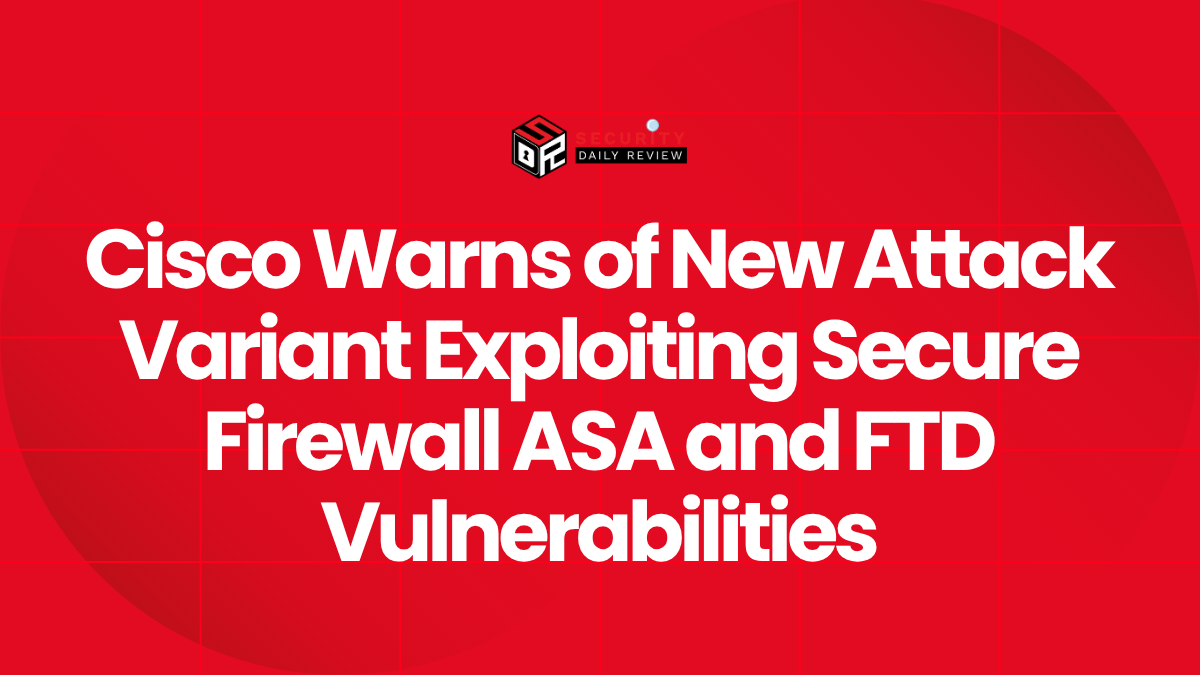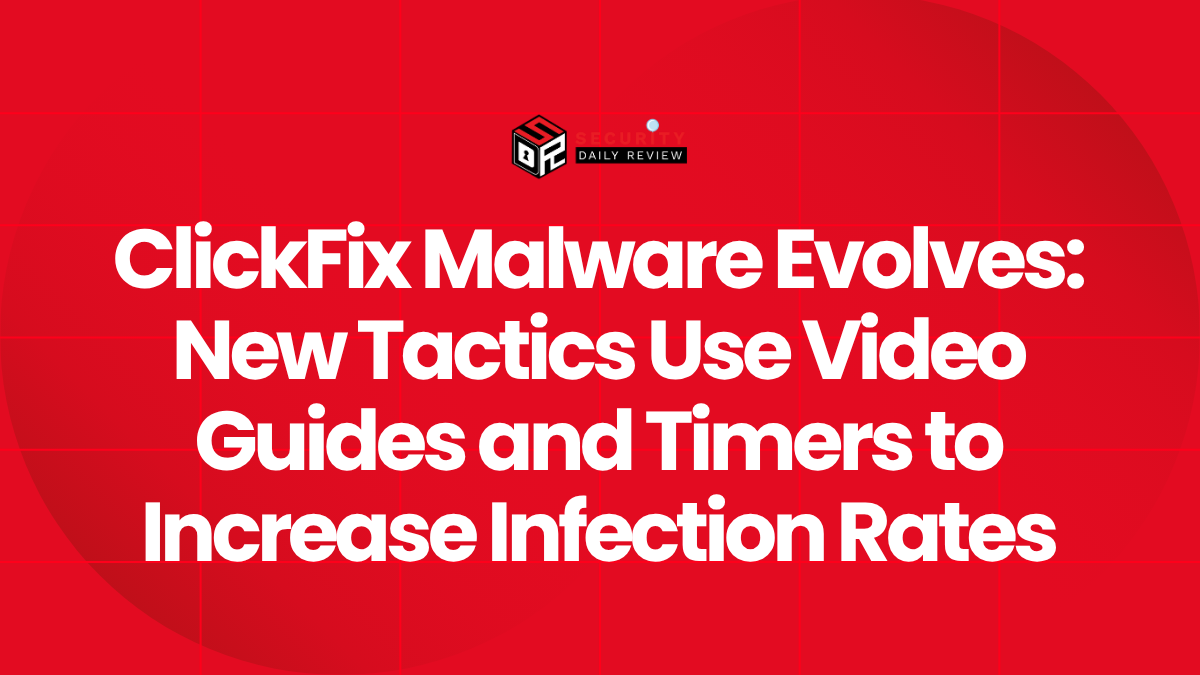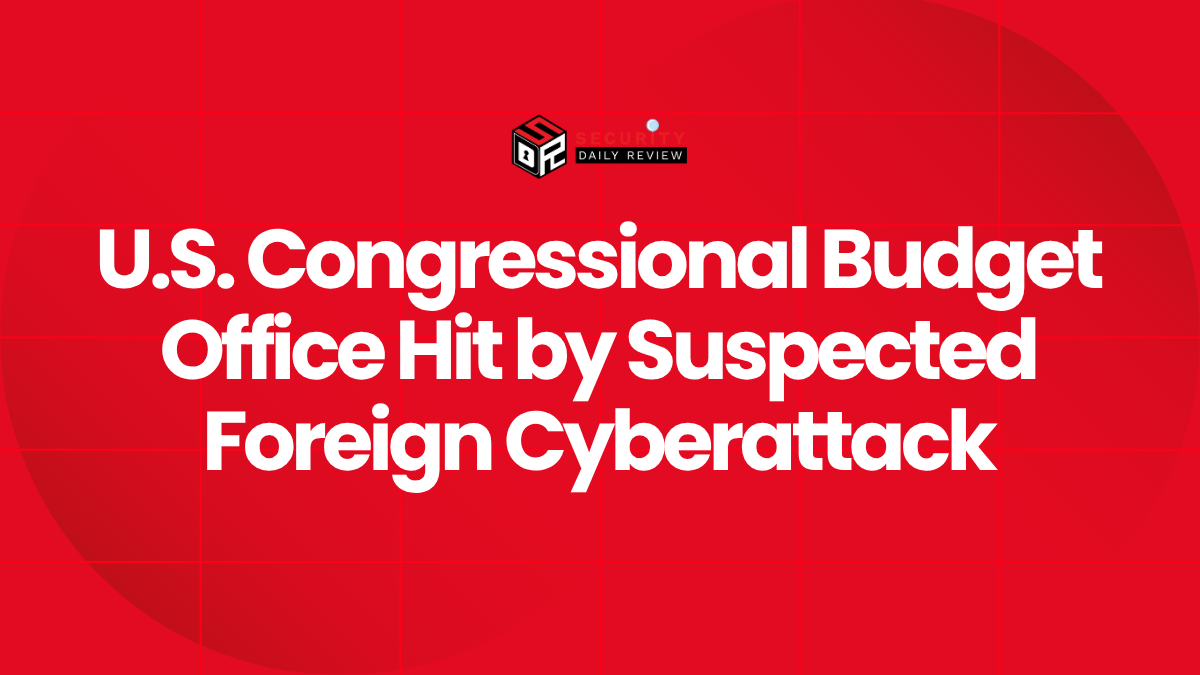A recent Cisco security alert has raised concerns in the cybersecurity community following the discovery of a new attack variant targeting Cisco Secure Firewall Adaptive Security Appliance (ASA) and Firepower Threat Defense (FTD) devices. The exploit takes advantage of two previously disclosed vulnerabilities, tracked as CVE-2025-20333 and CVE-2025-20362, and poses an elevated risk to unpatched enterprise network infrastructures.
Cisco Observes Evolution in Exploits Against ASA and FTD Devices
Cisco’s Product Security Incident Response Team (PSIRT) reported observing a novel exploitation technique beginning November 5, 2025. The new variant highlights the attackers’ increasing sophistication and underlines the importance of timely patching.
Attackers Chain Known Vulnerabilities for Elevated Impact
The CVE-2025-20333 and CVE-2025-20362 vulnerabilities form the core of this threat. According to Cisco, the new attack method leverages both flaws in tandem to bypass standard protections.
- CVE-2025-20333 – A medium-severity vulnerability related to improper validation within the VPN component that allows unauthenticated attackers to initiate memory corruption under certain conditions.
- CVE-2025-20362 – A high-severity flaw that provides remote code execution capabilities via specially crafted packets targeted at the SSLVPN components of affected devices.
Together, these two CVEs have enabled the construction of a more sophisticated attack chain. Cisco noted that, while both issues were already known and patches had been previously released, attackers have now adapted their exploitation techniques to operate against actively deployed firmware versions that had been considered secure until this point.
Attack Variant Aims at Remote Exploitation of Unpatched Systems
Cisco’s telemetry and customer incident reports suggest that the attackers are primarily attempting remote exploitation. The new variant does not require local access or prior authentication, making it particularly dangerous for edge devices exposed to the internet.
“On November 5, 2025, Cisco became aware of a new attack variant against devices running Cisco Secure Firewall ASA and FTD software,” stated the advisory.
This attack presents a significant challenge to organizations with internet-facing firewall appliances that have not adopted rigorous update regimes.
Defensive Measures and Immediate Recommendations
Cisco emphasized the urgency of implementing updated mitigation strategies. Their updated warnings include critical defense-in-depth recommendations to reduce potential exposure.
Patch Management Remains Critical
Organizations running vulnerable ASA and FTD versions must immediately apply the security updates. Cisco has provided clear version identifiers that are no longer vulnerable to the chained exploit.
- Verify that firewall devices have been updated with patches specifically addressing CVE-2025-20333 and CVE-2025-20362
- Monitor for unusual SSLVPN activity, which may indicate exploit attempts
- Ensure Secure Firewall appliances are not running obsolete or end-of-life firmware
Cisco also recommends conducting comprehensive threat hunts across intrusion logs for indicators of compromise (IOCs) dating back to the initial disclosure of the bugs.
Use of Deep Packet Inspection and Segmentation
As a mitigation layer, Cisco suggests implementing deep packet inspection (DPI) systems to detect anomalous traffic patterns typical of the new attack variant. Further precautions include:
- Segmentation of management networks from internet-facing firewall interfaces
- Disabling unused SSLVPN functionality if not required for business operations
- Enabling logging and alerting features in Cisco Secure Firewall Management Center
Network security teams are urged to adopt a proactive threat detection strategy supported by Cisco’s updated signatures for tools such as Snort and SecureX.
Implications for Network Security Posture
The emergence of this new exploit technique underscores the broader trend toward adaptive threat development, where attackers repurpose known vulnerabilities into refined impacts.
An Evolving Threat Landscape for Edge Devices
Firewall devices, traditionally viewed as boundary protections, are increasingly targeted in sophisticated campaigns. When vulnerabilities such as CVE-2025-20362 offer remote code execution through SSLVPN services, the risk model shifts significantly.
Security teams must reassess their assumptions about perimeter defense, ensuring that exposed services are minimized and monitored closely. The CVEs exploited in this campaign demonstrate how deviations in patch hygiene can rapidly lead to targeted exploitation, even after initial vulnerabilities are cataloged.
Vigilance and Speed are Essential
Cisco’s disclosure of the new attack variant using CVE-2025-20333 and CVE-2025-20362 highlights the tactical evolution of threat actors against secure firewall infrastructure. While patches have been available for the original vulnerabilities, the resurgence of their exploitation through refined techniques magnifies the urgency of timely updating and vigilant network monitoring.
As attackers continue repurposing known vulnerabilities into new campaigns, enterprises must remain agile, adopting layered defenses and engaging in continuous threat intelligence analysis to stay ahead of exploitation patterns.









